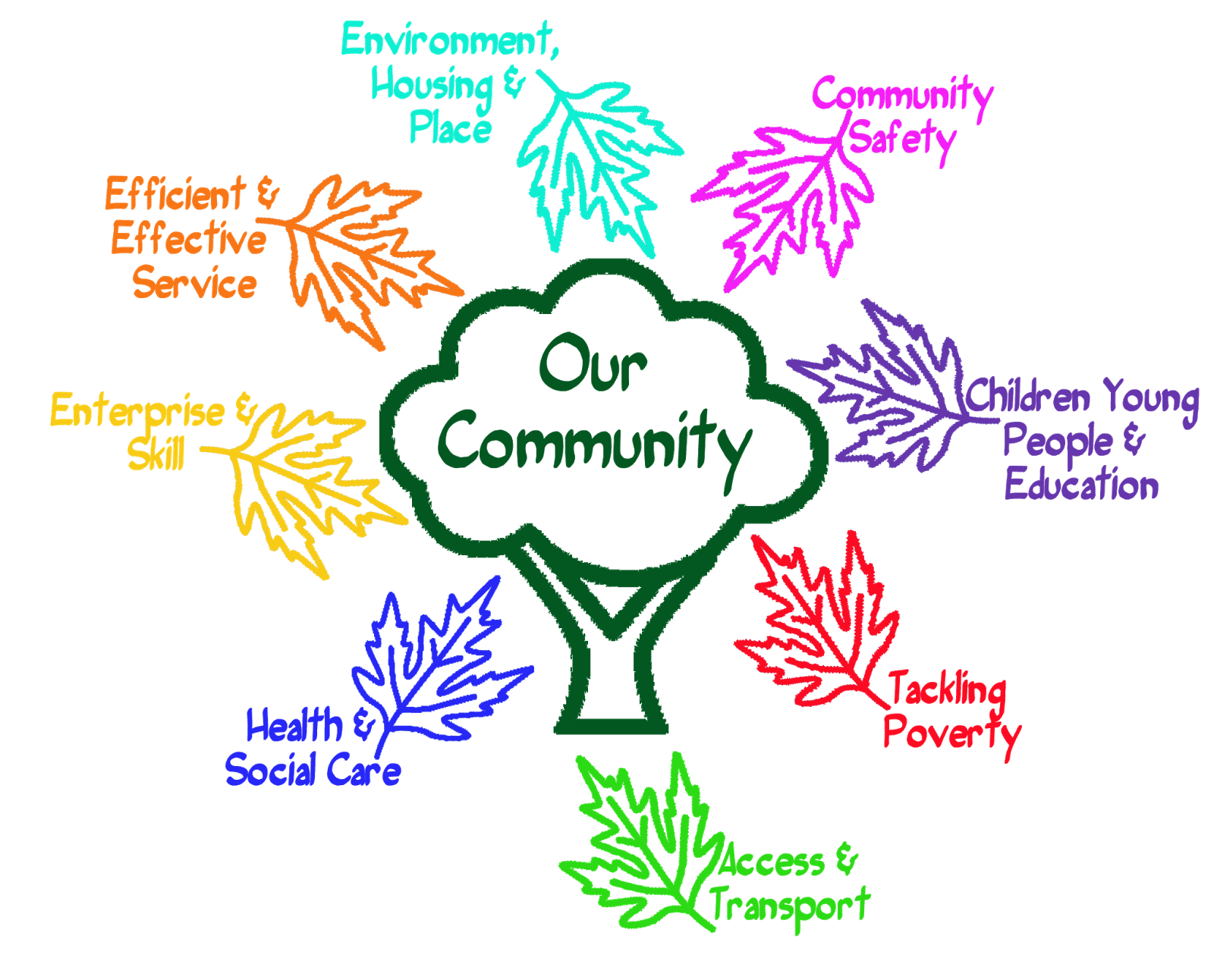Opportunities & Issues in the Indian Renewable Energy Sector 2013
Solar power in India now accounts for over 2GW of the country’s electricity generation capacity, according to government figures. Tobias Engelmeier, managing director at Bridge to India said in a recent blog that “Solar power is the only currently commercially available source of power that could both provide enough power from within the country to meet India’s rising demand and in addition offer distributed solutions that are less dependent on grid extension.”
The Ministry Of New and Renewable Energy is promoting the grid connected solar rooftop systems in the country under Jawaharlal Nehru National Solar Mission. Central Financial Assistance upto 30 percent of the benchmark cost of the project is provided for setting up of the solar rooftop systems which generate the power and are connected to the grid.
Government has launched Jawaharlal Nehru National Solar Mission (JNNSM) on January 11, 2010. The Mission targets deployment of 20,000 MW of grid connected solar power by 2022 in three phases. An enabling policy & regulatory environment has been created under the Mission to promote grid connected solar power generation.
Source
Subsidy to Electrical Vehicles
The Ministry of New and Renewable Energy (MNRE) has provided Central Financial Assistance for purchasing of new battery operated vehicles (four wheelers and two wheelers) and has supported 47000 vehicles.
Cost of Generation of Renewable Energy
The cost of generation of power from renewable energy sources such as wind, small-hydro, and biomass has not decreased over the last five years due to rise in costs of civil works, plant and machinery and power evacuation cost. However, Central Electricity Regulatory Commission (CERC)’s Orders for determination of Tariff for Grid Solar Power indicate a decrease in the grid solar power tariffs in the last five years from Rs 18.44 per kWh to Rs. 8.75 per kWh.









